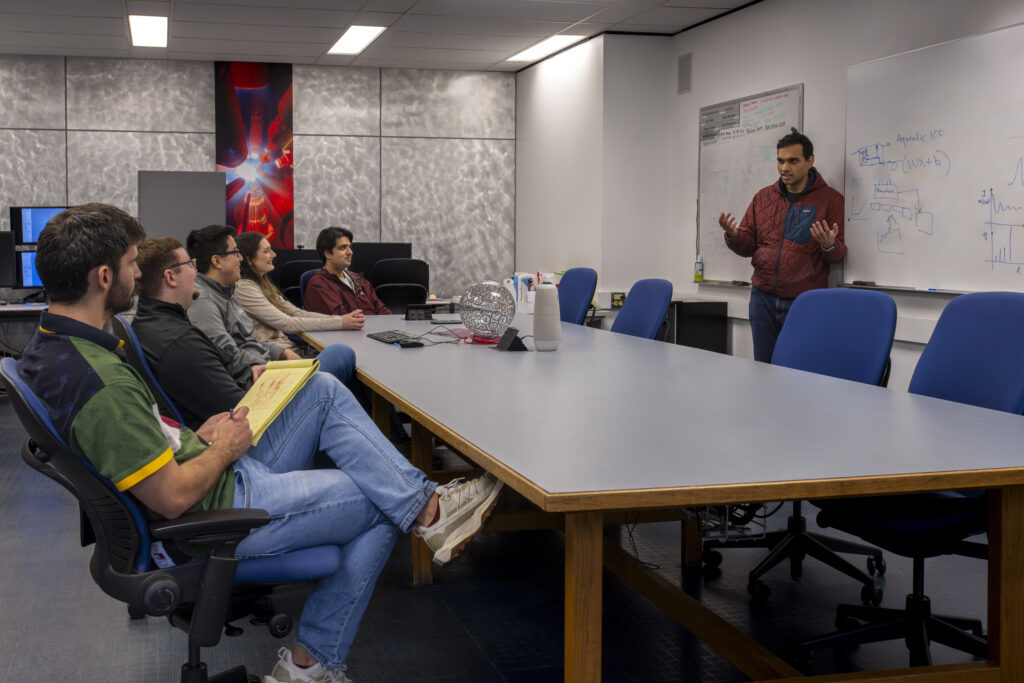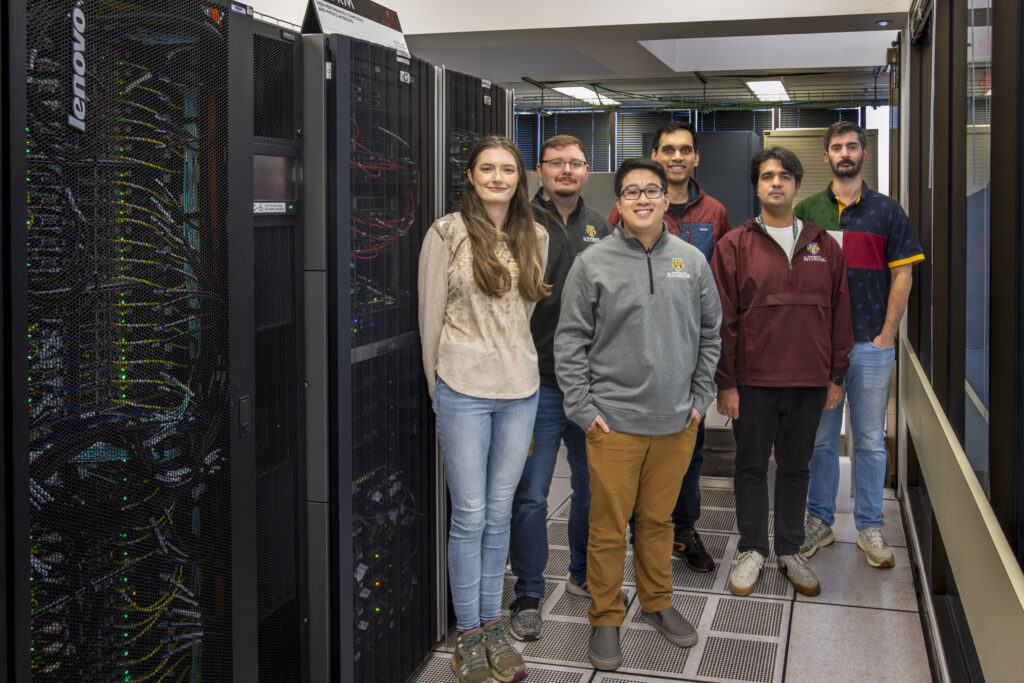Researchers at LLE are harnessing the power of artificial intelligence (AI) and machine learning (ML) to revolutionize inertial confinement fusion (ICF) research. By integrating computational techniques with advanced plasma physics, researchers are able to fundamentally reimagine experimental design and analysis on the OMEGA Laser System. This approach represents more than a technological upgrade—it is a paradigm shift that will deepen our insights into the complex dynamics of high-energy-density physics while striking a balance between efficiency and accuracy.
Predictive Modeling and Data Integration
LLE scientists began integrating AI models into their research after accumulating decades of experimental data. These models now have the capability to forecast results based on chosen pulse shapes and other input parameters. This predictive power allows researchers to anticipate experimental outcomes with unprecedented accuracy, optimizing their approach before conducting actual experiments.
Perhaps the biggest challenge in ICF lies in constructing a consistent picture of the complex physics involved. Accomplishing this requires reconciling diverse diagnostic measurements with theoretical models while avoiding the pitfalls of overspecialization. The situation is akin to the parable of the blind men and the elephant (as illustrated above), where each blind man, grasping only one part of the animal, arrives at a mistaken conclusion about the whole. Similarly, researchers who focus only on the narrow subproblems of ICF risk overlooking how those individual pieces connect, which results in an incomplete view of the overarching physics.
A sophisticated data-integration pipeline, assisted by ML algorithms, can help interpret this multimodal dataset, and create a more comprehensive and coherent picture of each experiment. In practice, this involves reconstructing the plasma conditions that produced the observed outcomes, determining the specific parameters that led to those results, and integrating data from multiple diagnostics to build detailed temperature and density profiles. By combining data from different sources, researchers can gain a more holistic understanding of the complex fusion processes that occur within the OMEGA Laser System.
Simulation Validation and Refinement
AI techniques have become indispensable in enhancing simulations to achieve complete predictive capability. While simulations effectively model key physical phenomena in isolation, they often rely on reduced-order models and simplified assumptions to balance computational efficiency with accuracy, which limits their ability to fully predict integrated experimental outcomes. ML models augment these simulations by identifying discrepancies between simulation predictions and experimental results and generating a transformative map that accurately aligns predictions with observed outcomes. The behavior of this transformation can then be analyzed to uncover the underlying physics processes requiring refinement. This iterative cycle of enhancement and validation ensures that simulations remain robust and reliable tools for advancing fusion research.

Accelerating Research Cycles
AI algorithms are becoming indispensable in transforming experimental design processes, developing optimization strategies specific to inertial confinement fusion (ICF), and directing shot campaigns in real time. These capabilities enable researchers to conduct more experiments and iterate designs at an unprecedented pace, potentially accelerating progress in fusion research by orders of magnitude.
Transform Diagnostic Analysis
The development of sophisticated ML models is set to revolutionize diagnostic analysis in fusion experiments. These models will automate, accelerate, and increase the robustness of the data analysis from various diagnostics, enhance x-ray diagnostic interpretation, and adapt techniques from magnetic confinement fusion for ICF applications. By significantly reducing the time required to process and interpret experimental data, these advancements will enable quicker decision-making and more-rapid experimental refinement, further accelerating the pace of fusion research.
Workforce Development
LLE invests heavily in education programs to develop a fusion-ready workforce by providing hands-on experience in ML techniques, developing networks of resources to keep researchers up-to-date, and training graduate students and early-career physicists in both domain knowledge and ML skills. This focus on developing a workforce that is equally versed in physics and AI is crucial for the future of fusion research.
Novel AI Approaches
LLE researchers are not content with simply applying existing AI techniques to fusion problems; they are actively exploring a wide range of innovative AI applications, such as repurposing generative AI algorithms to solve inverse physics problems and improving the accuracy of fusion simulations using AI-enhanced models. These novel approaches have the potential to effectively reconcile the different multimodal measurements of an implosion with our best theoretical understanding.

Challenges and Future Directions
While the integration of AI and ML into ICF research represents a significant leap forward, several challenges remain to be addressed. The rapid evolution of AI and ML makes it difficult to maintain up-to-date curricula, necessitating a focus on direct collaboration and hands-on learning experiences. There is also a growing need for researchers who possess both strong physics backgrounds and ML skills, leading LLE to focus on training physicists in ML techniques rather than teaching physics to ML experts.
Off-the-shelf AI solutions are not suited to the unique demands of ICF research. To address this, LLE is developing specialized algorithms and methodologies tailored to the complex challenges of fusion science and high-energy-density physics. As the volume of experimental data continues to expand, the effective management and sharing of this information have become increasingly critical. To meet this need, LLE is establishing frameworks for responsible data sharing within the ICF and ML communities, carefully balancing security and intellectual property responsibilities with the advantages of collaborative scientific progress.



